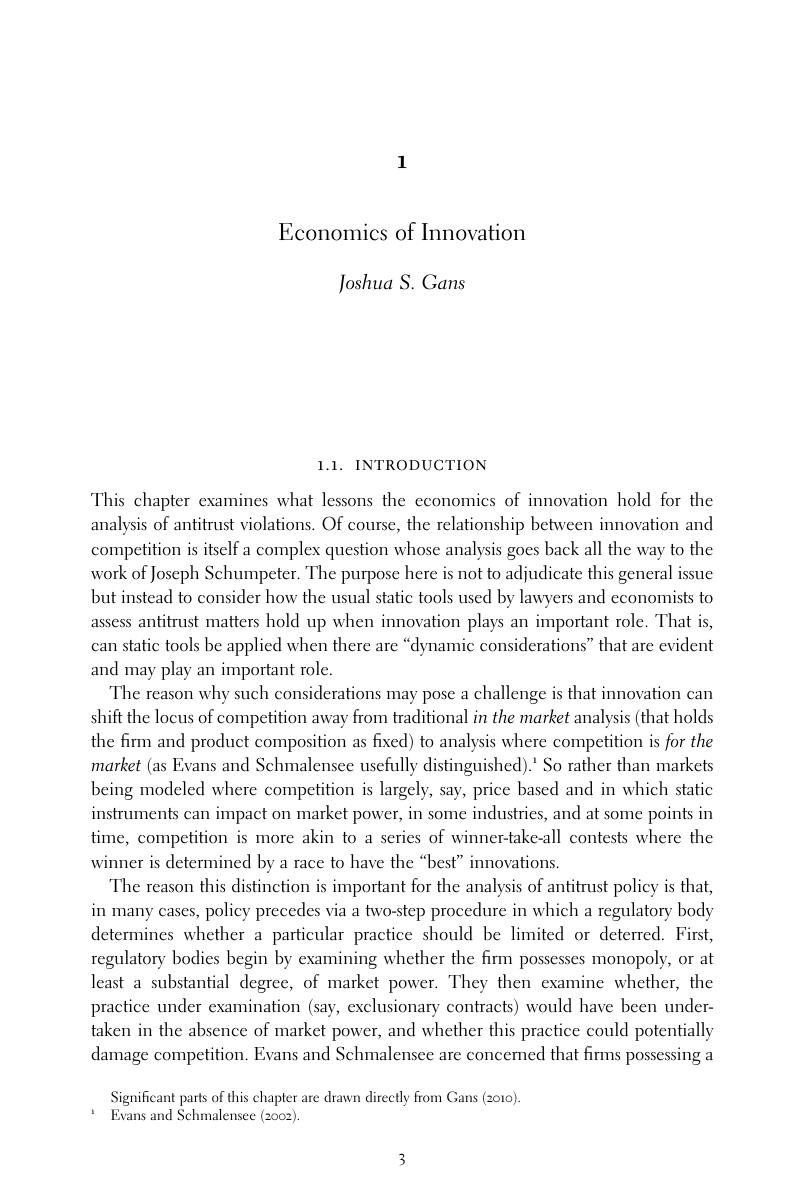Book contents
- The Cambridge Handbook of Antitrust, Intellectual Property, and High Tech
- The Cambridge Handbook of Antitrust, Intellectual Property, and High Tech
- Copyright page
- Contents
- Figures
- Tables
- Contributors
- Preface
- Part I Economics of Antitrust-IP
- 1 Economics of Innovation
- 2 Antitrust and Intellectual Property: Developments in Pharmaceuticals
- 3 The Economics of the Internet
- 4 The Economics of FRAND
- Part II Institutional Design: Country Overviews
- Part III Monopolization
- Part IV Competitor Collaboration
- Part V Vertical Relations
- Part VI Mergers in High Technology
- Index
- References
1 - Economics of Innovation
from Part I - Economics of Antitrust-IP
Published online by Cambridge University Press: 04 May 2017
- The Cambridge Handbook of Antitrust, Intellectual Property, and High Tech
- The Cambridge Handbook of Antitrust, Intellectual Property, and High Tech
- Copyright page
- Contents
- Figures
- Tables
- Contributors
- Preface
- Part I Economics of Antitrust-IP
- 1 Economics of Innovation
- 2 Antitrust and Intellectual Property: Developments in Pharmaceuticals
- 3 The Economics of the Internet
- 4 The Economics of FRAND
- Part II Institutional Design: Country Overviews
- Part III Monopolization
- Part IV Competitor Collaboration
- Part V Vertical Relations
- Part VI Mergers in High Technology
- Index
- References
Summary

- Type
- Chapter
- Information
- Publisher: Cambridge University PressPrint publication year: 2017



